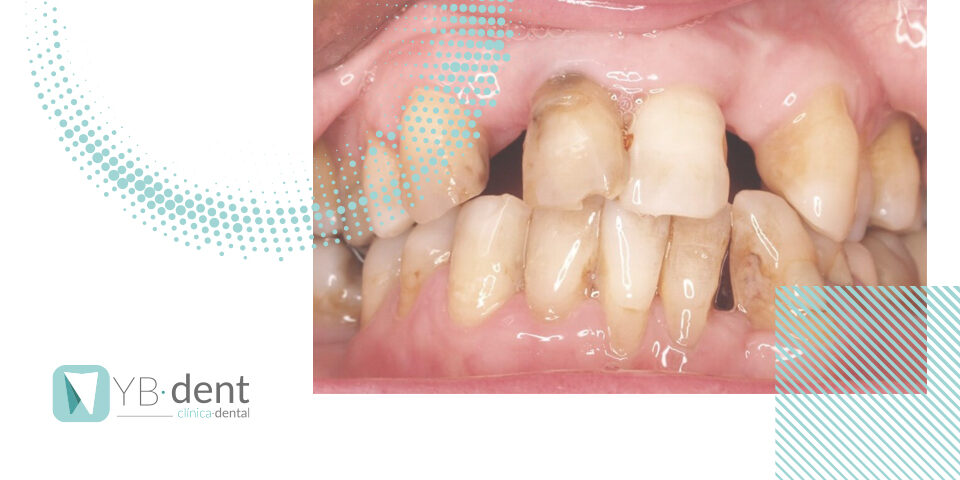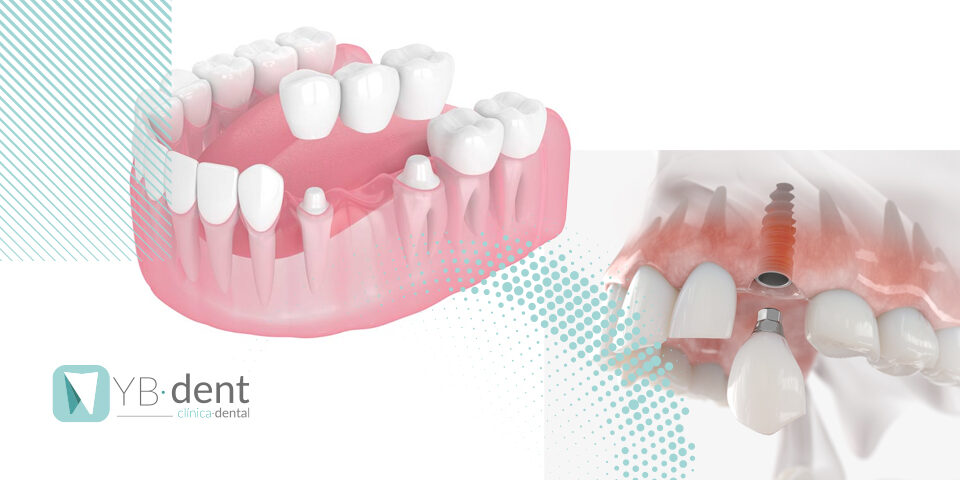¿Qué es el cemento dental?

Muchas veces cuando entramos en la consulta de un dentista queremos saber más sobre lo que están haciendo con nuestra boca. Pero algunos tecnicismos hacen que perdamos el hilo. Hoy vamos a contarte un poco más sobre ellos, para que la próxima vez que vayas al dentista y oigas hablar sobre cemento dental, no te pille desapercibido.
En este caso, este término puede llevarnos a confusión, porque cuando un dentista habla de cemento dental puede referirse a dos aspectos: el primero es una parte de nuestros dientes que tiene la función de mantener unidos los dientes a nuestra mandíbula. Y el segundo, podemos referirnos a él como el cemento dental artificial, es el material que utilizan los dentistas para los tratamientos que nos realizan.
El cemento dental
El cemento dental presente en nuestros dientes es de un material muy parecido al hueso y se encuentra recubriendo la raíz de los dientes. Este recubrimiento de color amarillento tiene dos funciones, la primer a es proteger la raíz y en general al diente, y la segunda es unir nuestra dentadura con nuestra mandíbula. En una boca sana, el cemento dental se encuentra por debajo de nuestras encías.
Este cemento se genera continuamente durante toda nuestra vida para poder cumplir su función. En cambio, cuando algunas zonas de este cemento se desgastan es cuando empiezan algunos problemas derivados, como la molesta sensibilidad dental.
Este problema se genera cuando el cemento ya no está haciendo su función y queda expuesta una parte más sensible del diente, como es la dentina, que no está preparada para estar en contacto con elementos exteriores al diente.
Otra de las afecciones ocasionadas por la pérdida o el deterioro del cemento dental de nuestros dientes es la periodontitis. Esta infección en las encías puede llegar a ocasionar la pérdida del diente, en los casos más graves. La infección destruye la unión del hueso alveolar, el cemento y el ligamento periodontal, los tres componentes que se encargan de mantener unido nuestro diente con la mandíbula.
El cemento dental artificial
Como decíamos al principio, también nos referimos a la sustancia que los dentistas utilizan para realizar sus intervenciones, como cemento dental, pero en este caso es una sustancia fluida que resulta de la mezcla de al menos dos componentes y que consigue, una vez seco y endurecido, una resistencia adecuada para unir y evitar infecciones.
La función principal de este cemento dental artificial es mantener reposiciones dentales, ortodoncias o prótesis en su sitio y sellar la unión para evitar que se filtren bacterias y restos de comida o bebida.
¿Para qué usan los dentistas el cemento dental?
El cemento dental artificial es uno de los materiales más utilizados en las consultas odontológicas, esto se debe a que se utiliza para muchas de las intervenciones que los dentistas realizan.
Cirugías
En las cirugías se utiliza un cemento dental temporal para proteger la herida de bacterias y evitar infecciones, de esta forma se mejora la cicatrización.
Ortodoncias
Los cementos dentales también temporales se utilizan en ortodoncias para fijar los componentes de esta en los dientes y asegurar así el resultado.
Prótesis
Muchas veces se utiliza cemento dental definitivo para prótesis. Estas prótesis se utilizan para rehabilitar partes de nuestros dientes en los pilares que dan soporte al diente.
Endodoncia
Son procedimientos que procuran mantener las piezas dentales dañadas y evitar que el daño se propague más, se extrae la pulpa dental (material que se encuentra dentro de nuestros dientes), y se rellena con cemento dental para sellar y evitar que los microbios o restos de comida entren en este conducto.
Obturaciones
Las obturaciones son restauraciones de daños en el diente causados por caries.
Para prevenir
El cemento se utiliza para sellar posibles fisuras o fosas y evitar de esta forma un problema más grave del diente.
En la Clínica Dental YB-dent, también utilizamos el cemento dental. Ahora en tu próxima visita puedes entender un poco más de cerca el lenguaje de los dentistas.



